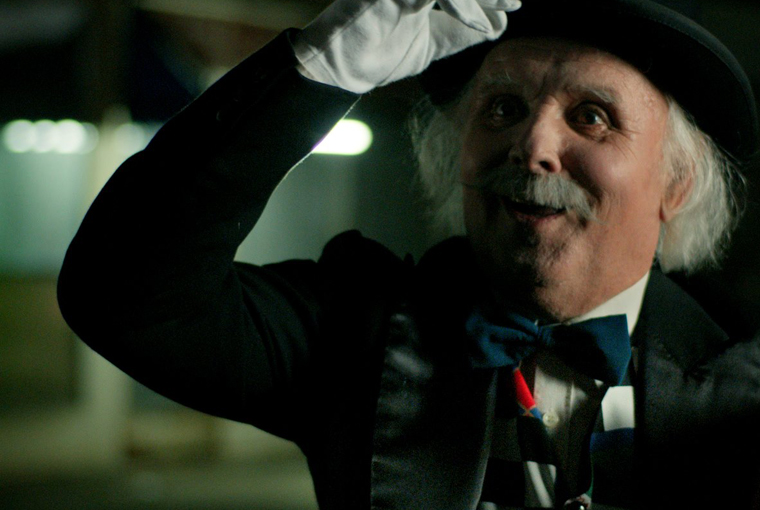

L’arco cronologico preso in considerazione va dall’inizio del II secolo (Elcasaiti) alla metà del III (Cornelio di Roma). La provenienza dei testi è varia: autori cristiani, autori pagani che descrivono gli usi dei cristiani, scritti giudeocristiani, gnostici, apocrifi, ordinamenti ecclesiastici, etc. Vengono riprodotte, criticamente esaminate, tradotte e commentate tutte le occorrenze scritte esistenti – più di duecento, in sette lingue – in cui compare qualche menzione o anche solo qualche allusione al tema. Il libro contiene un’approfondita analisi della pratica dell’esorcismo e del trattamento della possessione diabolica nell’antichità cristiana.

But time is the corrupter and so time has ceased in the Christian heaven. The supposed kingdom of God is a place of complete perfection, in which nothing corrupts. Yet eternity can only be experienced in a world without time, and so it assumes the cessation of time. The punishment God inflicted on the human race through the disobedience of Adam and Eve was death, and the promised reward for obedience to the Christian creed is eternal life. Time is the great corrupter, eventually the ultimate corrupter of life, because given time, all life dies. The reason is quite plain, although no Christians realize it. God is described as almighty but is not almighty enough to get rid of His evil opponent until the end of time. Satan or the Devil, a negative god, is an important part of Christianity, although quite why is hard to fathom. Here we discuss Christianity in relation to the evolution of the idea of Satan. Christianity is more true to Zoroastrianism than Rabbinic Judaism, though both have the same roots. The Persian traditions of dualism and apocalyptic, no longer prominent in Judaism, passed into Christianity, and still characterize the religion today.


 0 kommentar(er)
0 kommentar(er)
